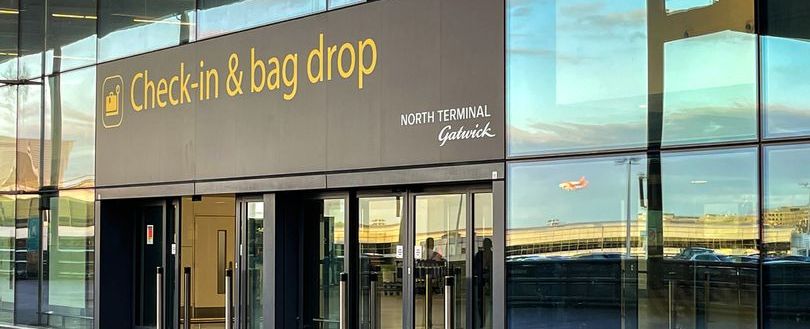
The UK government chose to disregard the recommendation to identify buildings constructed with lightweight concrete
Like it? Share it!
13 September 2023
In 2020, an independent advisory group suggested that the UK government create a high-risk register of buildings containing reinforced autoclaved aerated concrete (RAAC), which is potentially dangerous. However, the government did not follow this recommendation and failed to identify such buildings. As a result, more than 100 schools have been found to contain this type of lightweight concrete.
The Act states that because this advice was disregarded, only buildings with two residential units and a height of seven floors or more are considered "higher risk buildings" by the government. The Institute of Structural Engineers and the group's recommendations would have been taken into consideration, and by October 1 of this year, all structures using Raac would have been required by law to be listed on a public registry.
Owners would thereafter be required by law to notify authorities of any structural safety problems and to put precautions in place to reduce building safety concerns. As a result of claims that lightweight concrete is present in schools, hospitals, jails, and business buildings, government departments are presently trying to determine how widespread it is throughout the public and commercial sectors.
A government spokesperson said the higher-risk building regime “targets buildings where a structural or fire safety failure poses the greatest risk of death or serious injury to a significant number of people”. “These reforms complement longstanding duties on all building owners to address safety risks in their properties in a proportionate way,” it added. “If properly designed, manufactured, in good condition and with good bearing, Raac installations are considered safe.”
Two of the UK’s busiest international airports, Heathrow and Gatwick, told the Financial Times that they had detected the sometimes-fragile concrete on their estates. The University of East Anglia has also said it will close its Norfolk and Suffolk Terrace accommodation until further notice in response to the government’s Raac guidance, affecting hundreds of students. “Not knowing if a building contains weak or deleterious material is clearly a concern, especially if it is used or accessed by the public,” said Matthew Byatt, president of the Institute of Structural Engineers. “Raac is a known risk material that needs to be assessed to determine whether it is safe, and if necessary to have mitigations put in place.” “If Raac is present, it could be at risk of collapse with little or no warning,” he added.
The Building Safety Act, drawn up to tackle shortcomings in existing building safety following the Grenfell Tower fire, came into force in 2022. Asked about the government’s decision on the definition of “higher risk buildings”, Byatt said: “We fully accept that it is the elected government that has to determine policy and therefore what becomes law.” Another person linked to the institute said he believed the government had made the right call in not classing buildings containing Raac as “higher risk”, given that it would have created an onerous obligation on building owners to try to identify whether or not their building contained the material. “It would be good to have a registry,” they said, but it would have been “very hard to legislate”.
Between the mid-1950s and the mid-1990s, porous concrete was most frequently used in the construction of public buildings, but it was also used to build offices, supermarkets, and warehouses in the private sector.
Heathrow and Gatwick were both privatised in the 1980s when the UK government publicly listed the British Airports Authority (BAA).
The airports, which together handle nearly 100 million passengers a year, have been aware of the substance since before its use sparked a national scandal last week. Raac was first found in Heathrow’s Terminal 3 last year, prompting temporary remedies to be introduced while the airport prepared a permanent solution. The furore over schools led Heathrow to assess its management of the material.
It has since concluded that its original plan remains suitable. In its written advice provided to the Department of Levelling Up, Housing and Communities as it drew up its Building Safety Bill, the advisory group Structural-Safety stated that “it is our view that the proposed definition for a ‘higher-risk building’ should be extended to allow buildings which contain specific high-risk components or materials”.
It highlighted specifically “buildings which contain reinforced autoclaved aerated concrete (Raac) planks”. Engineers have been quick to note the integrity of buildings that contain Raac is of most concern in structures that have been poorly maintained, which is most commonly the case across the public estate where investment in upgrades and repairs have been inconsistent.
Our eNews provides regular insight into industry trends, news headlines, and product and service information. For news articles parallel to those mentioned above, sign up for our eNews. Click here to sign up: Subscribe to our enews (fia.uk.com)
Related training
Related news
-
FIA to Consider Industry Response to HSE PFAS Consultation
13 January 2026
-
New FIA Guidance on BS 5839-1 Fire Alarm Categories
23 December 2025
